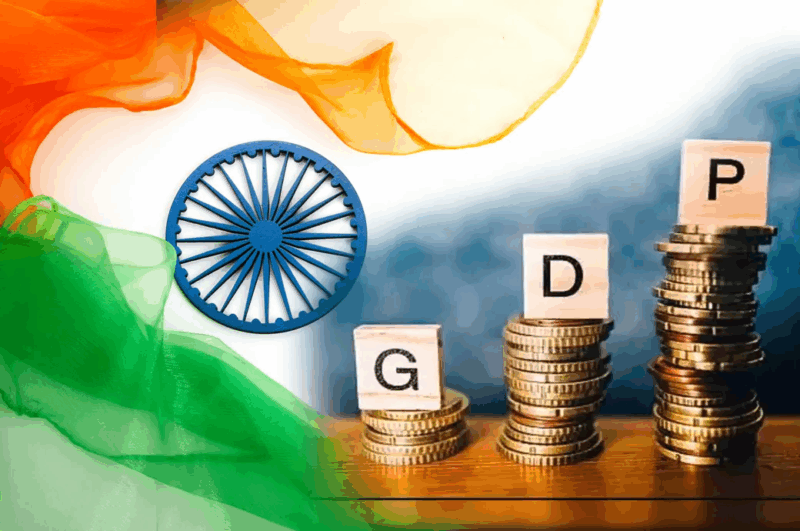Fitch Ratings on Thursday projected India’s GDP growth at 6.4 per cent for FY26 amid global uncertainties, while retaining the projections for the next financial year (FY27) unchanged at 6.3 per cent.
For India, the global ratings agency reduced GDP growth estimates for both the 2024-25 fiscal year and the current 2025-26 fiscal year by 10 basis points to 6.2% and 6.4%, respectively, amid concerns about a global trade war.
The growth forecast for the 2026-27 fiscal year remains at 6.3 per cent, according to Fitch.
In addition to India’s revised growth forecast, Fitch also lowered its global growth projections for 2025 by 0.4 percentage points and reduced growth estimates for China and the US by 0.5 percentage points compared to its March outlook.
“It is difficult to predict US trade policy with any confidence. Massive policy uncertainty is hurting business investment prospects, equity price falls are reducing household wealth, and US exporters will be hit by retaliation,” Fitch stated in its special update to the quarterly Global Economic Outlook.
The US GDP growth rate is expected to stay positive at 1.2 per cent for 2025. Meanwhile, China’s growth is projected to fall below 4 per cent both this year and next, and development in the eurozone is anticipated to remain well below 1 per cent, according to Fitch’s projections.
The large size of India’s domestic market, which reduces reliance on external demand, is expected to insulate the country from the US tariff hike, according to the global ratings agency.
A recent Morgan Stanley report also stated that India is the “best-placed country in Asia,” amid global uncertainty triggered by US President Donald Trump’s threat to increase tariffs, due to the nation’s low goods exports-to-GDP ratio and strong fundamentals.
“While India is exposed to direct tariff risks, we believe on balance India is less exposed to global goods trade slowdown, considering that it has the lowest goods exports to GDP ratio in the region,” the report stated.
The Indian economy gained momentum, growing 6.2 per cent in the third quarter of FY25, following a near two-year low of 5.6 per cent in the July-September period.
–IANS






